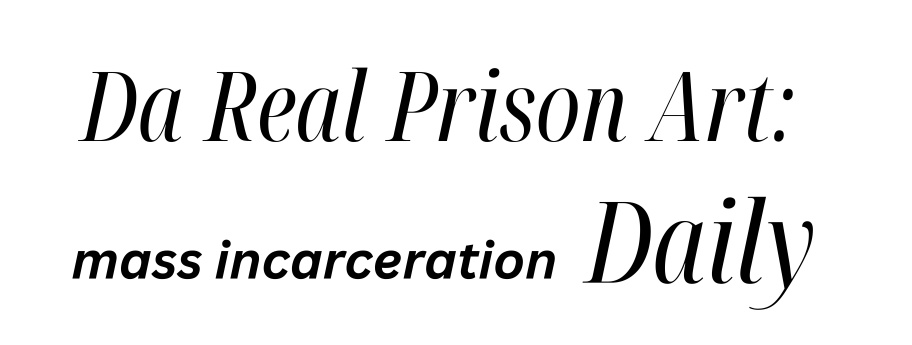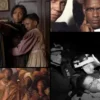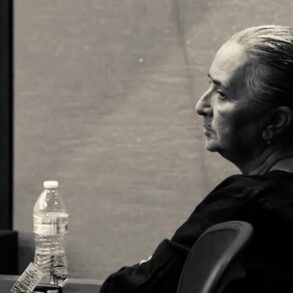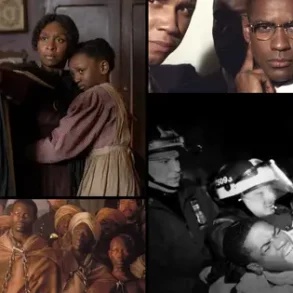
Although I commend Lucy Lannotti offering an opinion on the Broken Windows Theory of policing, her commentary and understanding of this framework fall well short (“Blame our broken criminal justice system on broken-windows policing | GUEST COMMENTARY,” Dec. 29). Ms. Lannotti quickly attributes the “broken” criminal justice system to this same theory, but fails to mention any of the many inputs of federal, state and local authorities, which includes thousands of laws created through a patchwork of legislation, ballot initiatives, leadership and much more. I’m not sure anyone can easily state that Broken Windows Theory is a major cause or reason of the current state of the criminal justice system in a few paragraphs, much less provide an opinion.
There are many other aspects of Broken Window Theory that have been proven. This includes policing the “little stuff,” which includes littering, vandalism and other unlawful behaviors. It also has a community aspect, where communities quickly rectify or correct things such as unemptied trash cans, homes in disrepair, and areas of community neglect. I’ve read both “Fixing Broken Windows” and the “Illusion to Order,” which is the counter to this framework and nowhere can I find a direction application to pursue certain segments of society in achieving its goals.
If we want a fair representation of what happens when we do not enforce the criminal code at the lowest levels, then let’s look at what is happening in our communities today, when we don’t take crime or our communities seriously. During the last few years, we’ve seen a “loosening” of bail and enforcement of certain laws. This has led to increased crime such as grand larceny, car jackings, and other dangerous crimes that have had a negative impact on communities, businesses, and families. Given these negative impacts (increased recidivism due to the revolving door for crimes that were considered felonies), we’ve already seen states and cities, in particular California, move quickly back to normal enforcement and in only a few weeks of the implementation of the voter backed proposition, there has been a wide and positive response.
The goal should be to ensure that everyone is treated equally and fairly in light of the law and if this isn’t happening then its up to communities, elected officials, and voters to be vigilant. Broken Windows Theory is just one tool, not the only tool for authorities and citizens to work together to create and sustain positive and safe communities. The foundation should be for the community and families to ensure that everyone is growing up with respect for one another and the law so we can together in the pursuit of happiness and when this doesn’t occur then knowing that certain outcomes will occur. We should never give up on wanting peace and harmony for every person and community equally and Broken Windows Theory provides this balance if applied equally.
Finally, let us not forget that a crime is committed by an individual, not a theory or framework and there needs to be consequences. Without consequences, we can only hope things will get better and hope has never been scientifically proven nor has it been a positive course of action.
— Timothy Tenne, Towson
This post was originally published on this site be sure to check out more of their content.







